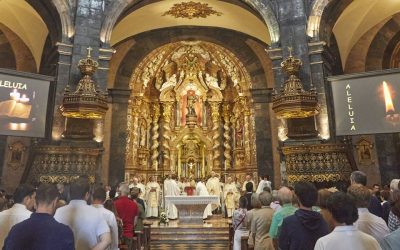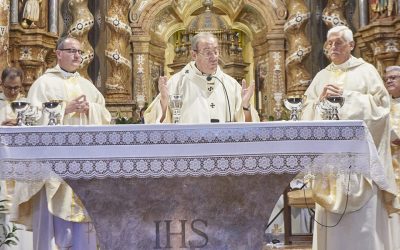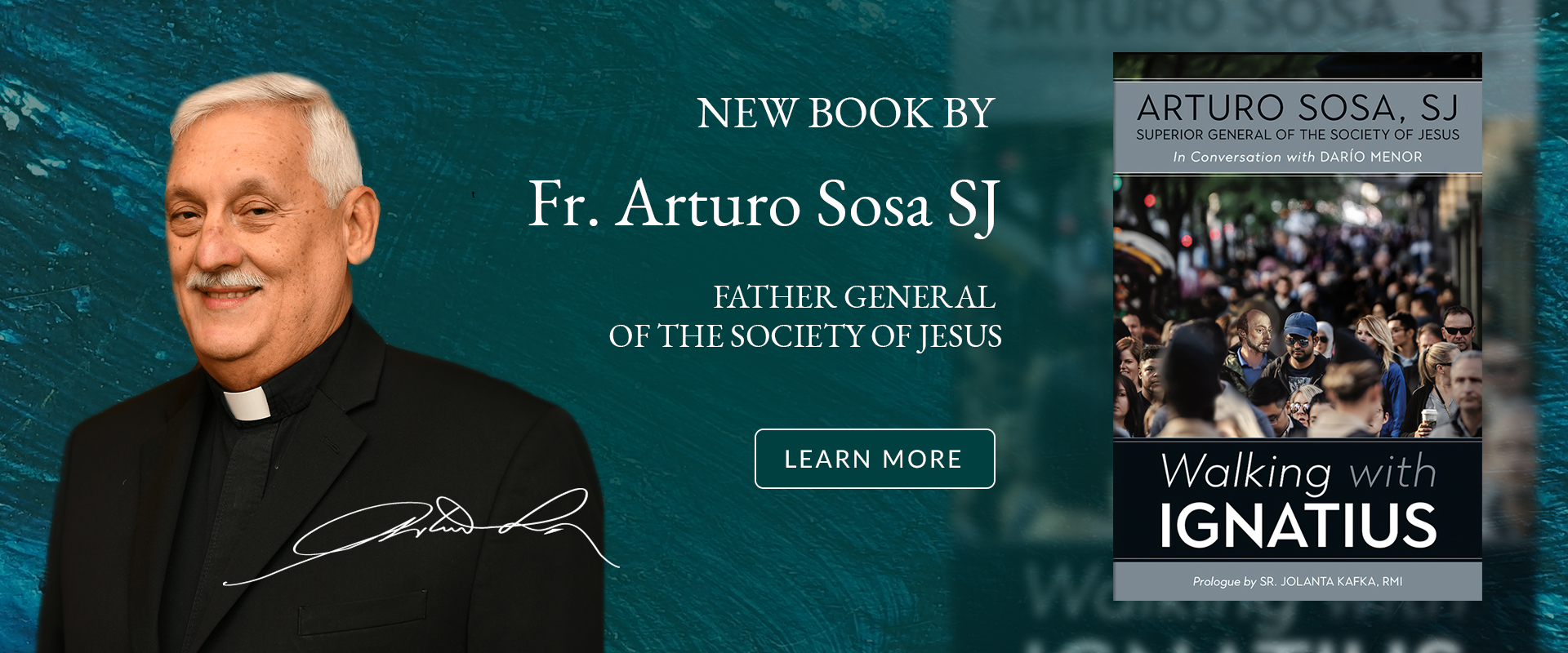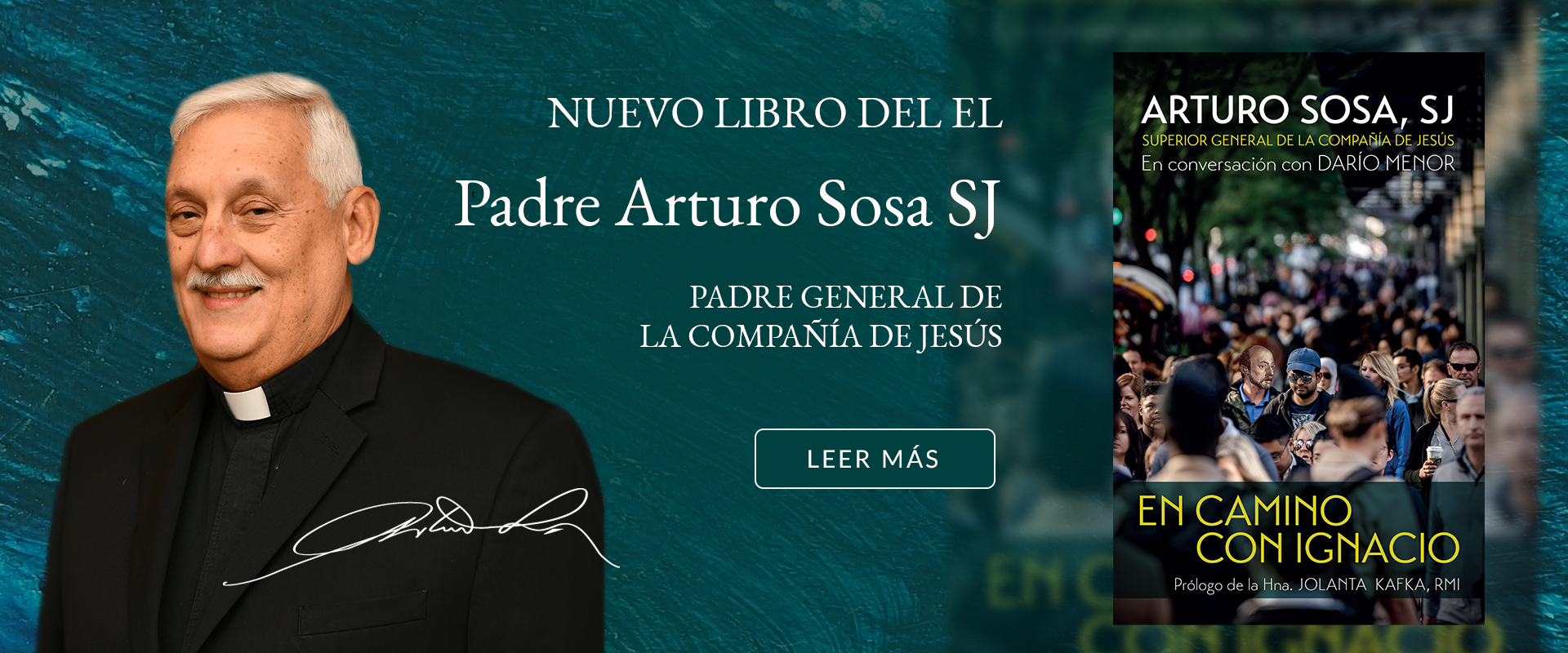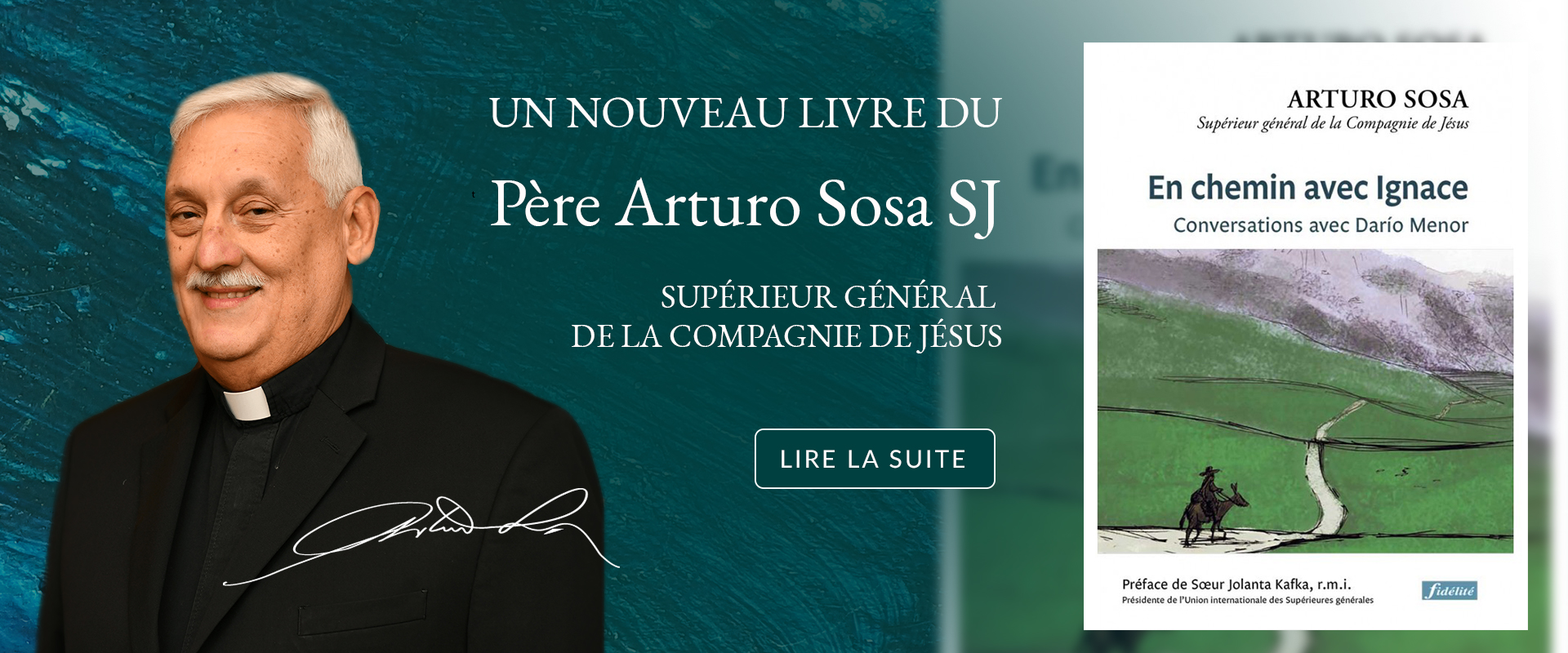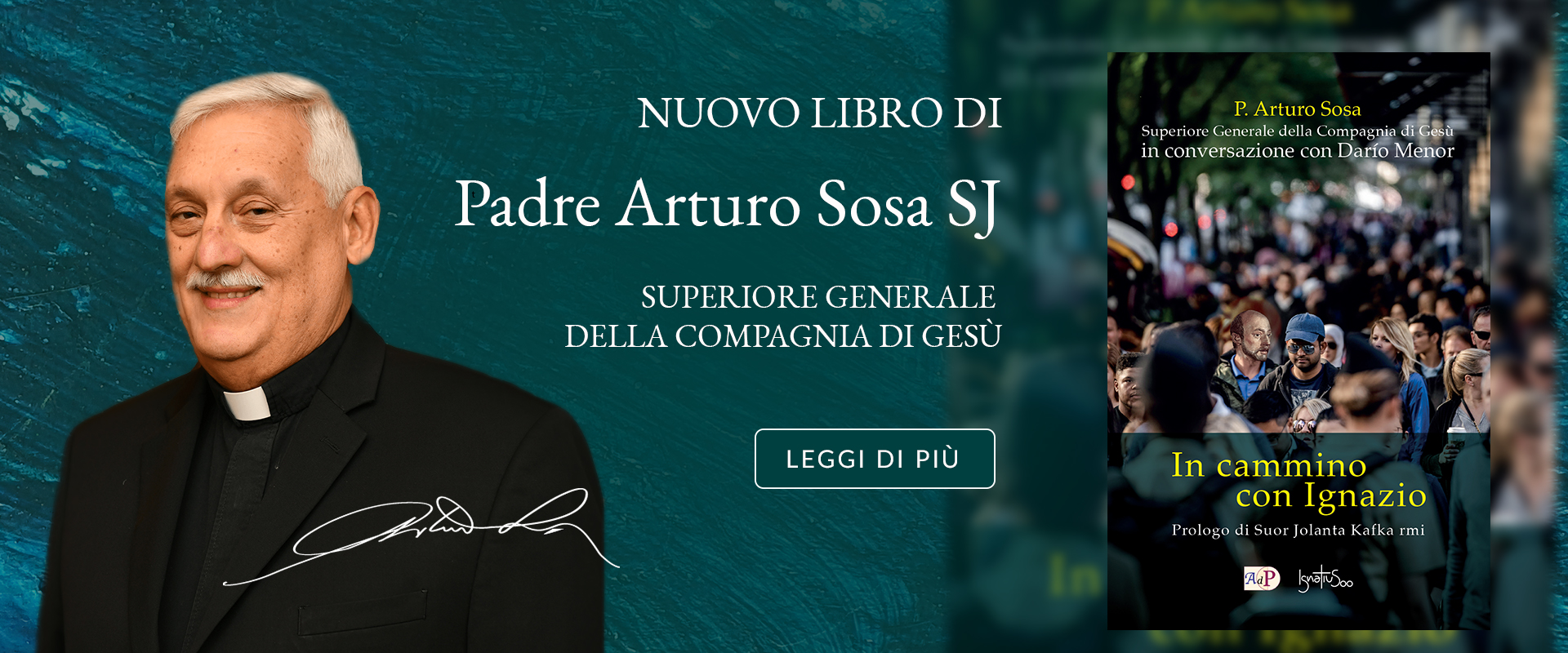Tiziano Ferraroni SJ reflects on the importance of vulnerability for Saint Ignatius and in the founding of the Society of Jesus. He sees the acceptance of humanity’s innate vulnerability as a major challenge for contemporary society.
What would we expect to hear if we asked Ignatius of Loyola to offer a word of consolation or advice to the men and women of the COVID era? To the sons and daughters of a society that has continuously attempted to erase all traces of vulnerability even as it has seen it re-emerge, time and time again, more threatening and destabilizing every round? Perhaps Ignatius would offer us some “rules for behaving in the time of vulnerability” as he did “to order oneself to eat” or to “distribute alms”? Would he offer us some exercise for pushing through vulnerability, he who knew how to recommend the right exercise for every spiritual moment? Surely, as a proponent of simple conversations over lavish pronouncements, he would not launch into a high-handed lesson on vulnerability. More likely is that Ignatius would simply set about telling his story, delivering his message through the history of his personal vulnerability. After all, that is what he did when his first companions insisted that he leave the account of his conversion in writing, as a “testament” (Nadal’s Prologue to the Autobiography [2]) to “truly found the Society” (Câmara’s Prologue to the Autobiography [4]).
We can imagine that Ignatius, in a language somewhat more suited to the contemporary world than one employed five centuries ago, would begin his story with the wound from which it all started, when, during the Battle of Pamplona, his leg was struck by a bombard. He would then share how he felt lost during the months of convalescence, when he could no longer enjoy the consolations – the games, ladies, and weapons – to which he was accustomed, and when he realized that his social life was compromised by a limp he would have for the remainder of his life. In short, it wasn’t just his leg that had been mangled, but his very identity. Perhaps Ignatius would go so far as to confide to us that in certain moments he felt overwhelmed by a wave of despair, as if a black liquid invaded his heart.
In short, it wasn’t just his leg that
had been mangled, but his very identity.
In recalling these moments, the face of Ignatius would turn dark and serious, but it would soon become serene with the calmness of his voice as he continued to recount his story. He would go on to say that this wound was not the end, but the beginning of his story. He would say that it was precisely this wound that pushed him to ask others for help, and to accept the help that was offered him; that it was this wound that forced him to spend long hours in silence and solitude, reading and meditating on the Life of Christ and the Lives of the Saints. Not without some tears of emotion, he would declare: “In that bed in Loyola I learned to distinguish the words that gave me life from those that brought me death. In that bed, for the first time, my eyes were opened, and suddenly everything seemed new, alive, different. God was there, everywhere, I felt Him present. During those days I felt Life blossoming in me, and I never left it, and it never left me again.”
Would Ignatius stop at this point in the story, or would he go on to recount the further trials that vulnerability had in store for him along the way, trials that proved to be additional opportunities to nourish the new life within him that had begun to blossom? The most terrible of these trials was that of scruples, when he was assailed by the overwhelming anguish of believing that he was not adequately responding to the generosity of God’s love. He struggled against himself, hating his own vulnerability. Until, finding no other way out, he cried out to God. And God answered, and Ignatius felt overwhelmed by God’s mercy. From that moment, Ignatius abandoned the contempt he had harbored for his body. His eyes began to look at himself, and others, with the eyes of God. His gaze had been transformed: it had become a vulnerable gaze, which allowed itself to be hurt, serenely and gently, by everything around it (See Autobiography 1-37).
Perhaps the contemporary world, grappling with some
acute manifestations of vulnerability,
simply needs stories that help it
not to be afraid of vulnerability
We can imagine that, having reached this point, Ignatius would stop talking, turning his vulnerable gaze on us. He would take his leave, in silence, after having given us his story. He would add nothing more, because he would be aware that in moments when vulnerability is felt it is not grand speeches that help, but the stories of those who have passed through a bottleneck and can report that they have come out alive, indeed, more alive. To the first companions who asked Ignatius to leave a “story of the origins,” a story that could serve as the “founding myth” of the Society, Ignatius handed over a wound, and all that flowed from it. Implicitly he affirmed that his life was born from a wound, that the Society of Jesus was born from a wound. Perhaps the contemporary world, grappling with some acute manifestations of vulnerability, simply needs stories that help it not to be afraid of vulnerability, not to run away from it; it needs stories that allow a glimpse of the caress on the wound, the life that flows from the wound. There is no lack of stories, first and foremost that of Jesus Christ, then that of Ignatius and many other witnesses. We could add others: mine, yours….


